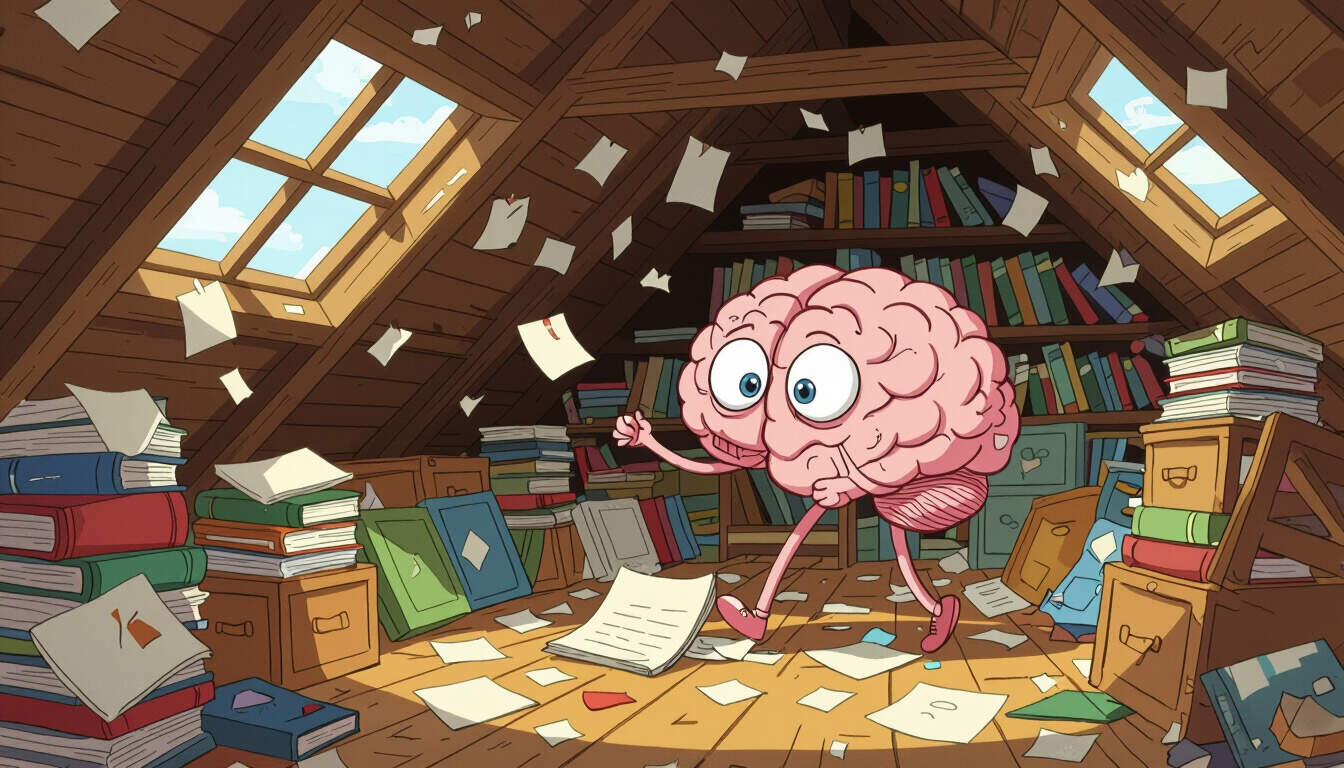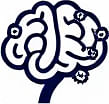The Availability Heuristic and Its Role in Everyday Choices
 by Thaddeus Blanda
by Thaddeus Blanda
The Availability Heuristic is a mental shortcut that affects how we judge risks and probabilities based on what comes to mind most easily. This cognitive bias can lead to skewed decisions in personal life, business, and beyond, making it essential for better cognitive development.

The Availability Heuristic is a common mental model that influences how people make judgments. This bias occurs when individuals assess the likelihood of events based on how readily examples come to mind. For instance, after hearing about a plane crash on the news, someone might overestimate the risk of flying despite statistics showing it is safer than driving.
In psychology, this heuristic plays a significant role in shaping perceptions. People often rely on vivid or recent memories to form opinions, which can distort reality. Availability Heuristic becomes particularly evident in high-stakes situations, such as evaluating health risks. If a friend shares a story about a rare disease, it might seem more common than it actually is.
To explore this further, consider its applications in business strategies. Leaders might prioritize issues that have recently caused problems, overlooking less visible but equally important concerns. For example, a company facing a data breach could focus heavily on cybersecurity, which is crucial, while ignoring other areas like employee training that contribute to overall stability.
Real-World Examples
One clear illustration involves media influence. Stories about violent crimes often dominate headlines, leading people to believe crime rates are higher than they are in reality. This can affect public policy and personal behaviors, such as avoiding certain neighborhoods based on exaggerated fears.
In cognitive development, children and adults alike use this heuristic to learn from experiences. A child who burns their hand on a hot stove once might always view that appliance as dangerous, even if the risk is minimal with proper precautions. Such patterns highlight how early encounters shape long-term thinking.
Effects on Decision-Making
This mental model can lead to errors in judgment. When people base decisions on memorable events, they might ignore statistical evidence. For instance, investors could sell stocks during a market dip after seeing news of economic downturns, even if historical data suggests recovery is likely.
Professionals in fields like healthcare face these challenges regularly. Doctors might diagnose based on the most recent cases they've seen, potentially overlooking rarer conditions. Decision-making in these scenarios requires awareness of such biases to ensure accuracy.
Practical Ways to Counteract It
Addressing the Availability Heuristic involves building better habits. First, seek out balanced information from reliable sources to counter one-sided memories. Keeping a journal of decisions and their outcomes can help track patterns and reduce reliance on immediate recollections.
In business settings, teams can use data-driven approaches to evaluate options. Regular reviews of metrics provide a more objective view, preventing overreactions to isolated incidents. For lifelong learners, practicing critical thinking exercises, such as questioning assumptions, strengthens mental resilience.
Benefits of Awareness
Recognizing this heuristic opens doors to improved cognitive growth. By understanding its mechanisms, individuals can make more informed choices in daily life. Parents might teach children to verify information before forming opinions, fostering a foundation for sound reasoning.
In summary, the Availability Heuristic is a fundamental part of human cognition that affects various aspects of life. With conscious effort, people can minimize its impact and enhance their ability to think clearly.
Key Takeaways
- Always cross-check vivid memories with facts.
- Use tools like data analysis in professional contexts.
- Encourage ongoing learning to build resistance against biases.
- Apply these insights across psychology, business, and personal development for better outcomes.
